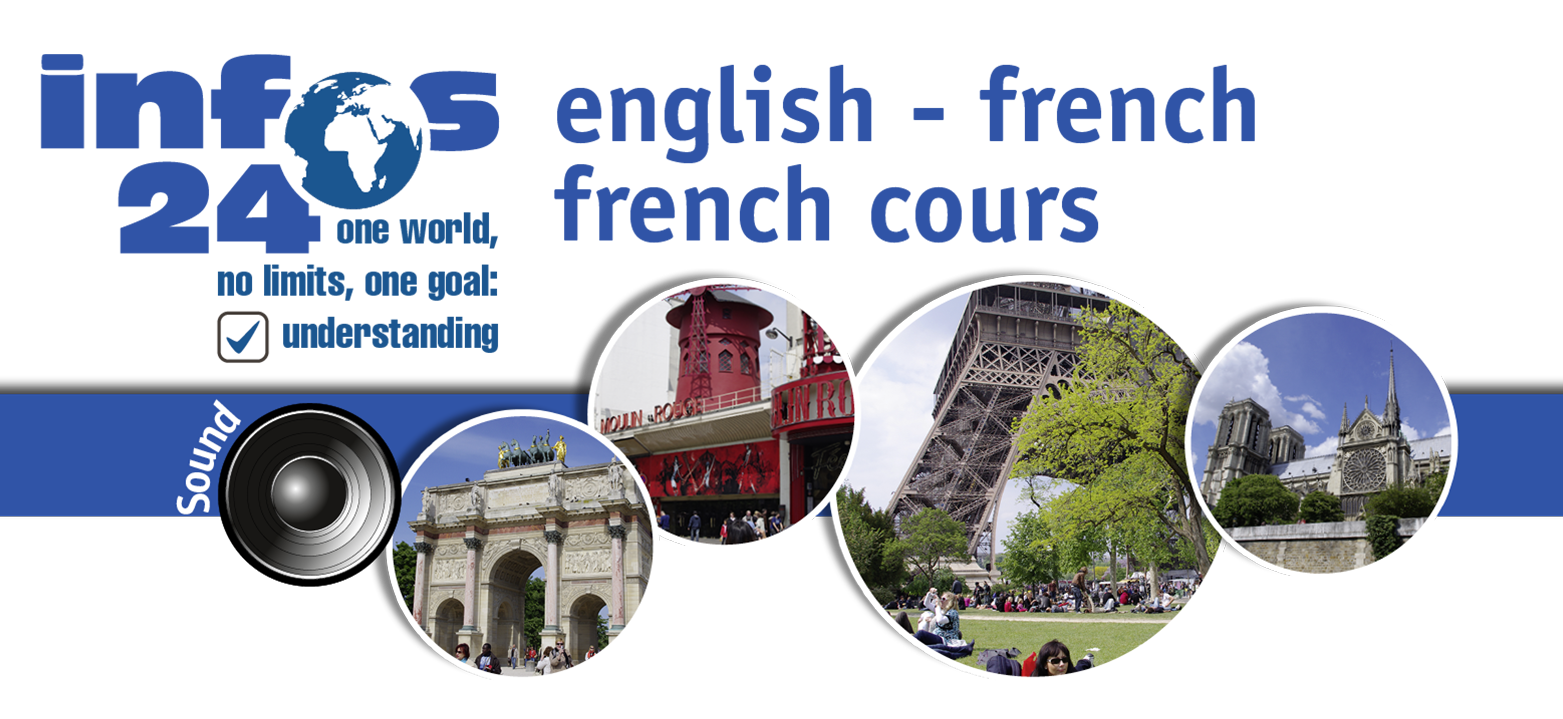
| 19.3 Qui / Que and the est-ce que forms |
Now we have two little specialties. We already know that the est-ce que can be used for any type of question. However, when used with questions that ask with qui / que, there is a difference between asking for a nominative/subject and asking for an accusative/direct object. This differentiation is to be seen in two different forms:
| Differences |
| 1) If qui asks for a nominative/subject that is a person the sequence of words in the clause is unchanged and the question is solely formed by pronunciation. If qui asks for nominative/subject that is a thing or for an accusative/direct object an inversion is used. |
| 2) The construction est-ce que changes to est-ce qui if the question is for the nominative/subject of the clause. |
Have a look at this overview:.
| Overview | |||||
| What? | Function? | Example | |||
| person | qui | nominative/ subject |
Qui a fait ça? Qui est-ce qui a fait ça? Who has done it? |
||
| person | qui | accusative/ direct object |
Qui vois-tu? Qui est-ce que tu vois? Whom do you see? |
||
| thing | que | nominative/ subject |
Que se cache-t-il derrière ce slogan?* Qu' est-ce qui se cache derrière ce slogan? What is hidden behind the this slogan? |
||
| thing | que | accusative/ direct object |
Que vois-tu? Qu'est-ce que tu vois? What do you see? |
||
* Actually, questions asking for the nominative/subject of a clause, which is a non-living thing are usually formed with the est-ce que - form. Only with certain verbs (cacher, se passer, falloir) the construction with que plus inversion can be used.
| Example | |
| Que faut-il faire maintenant? <=> What is to be done now? | |
| Que se passe-t-il? <=> What happened? | |
| contact privacy statement imprint |